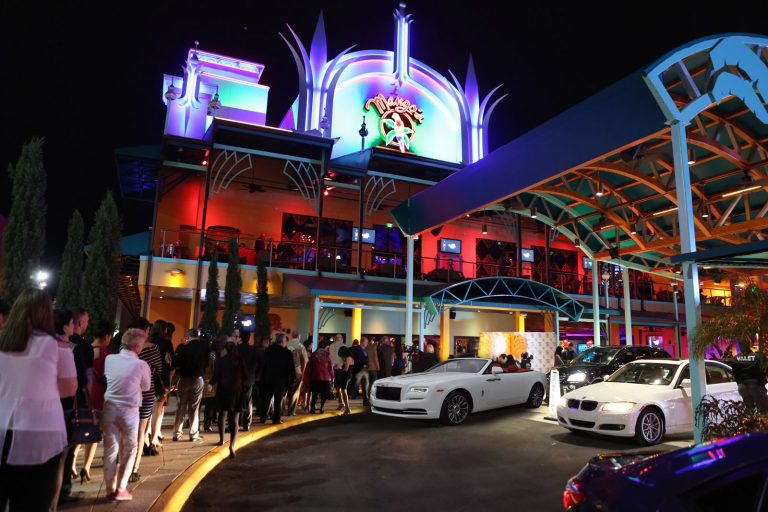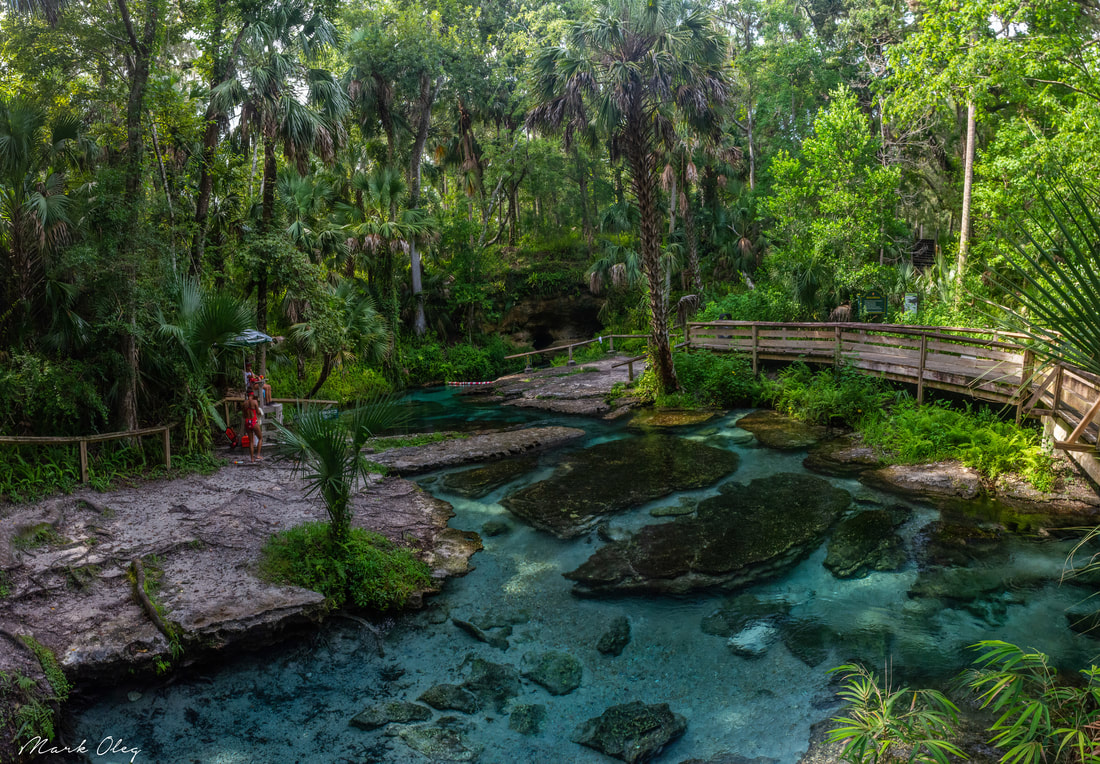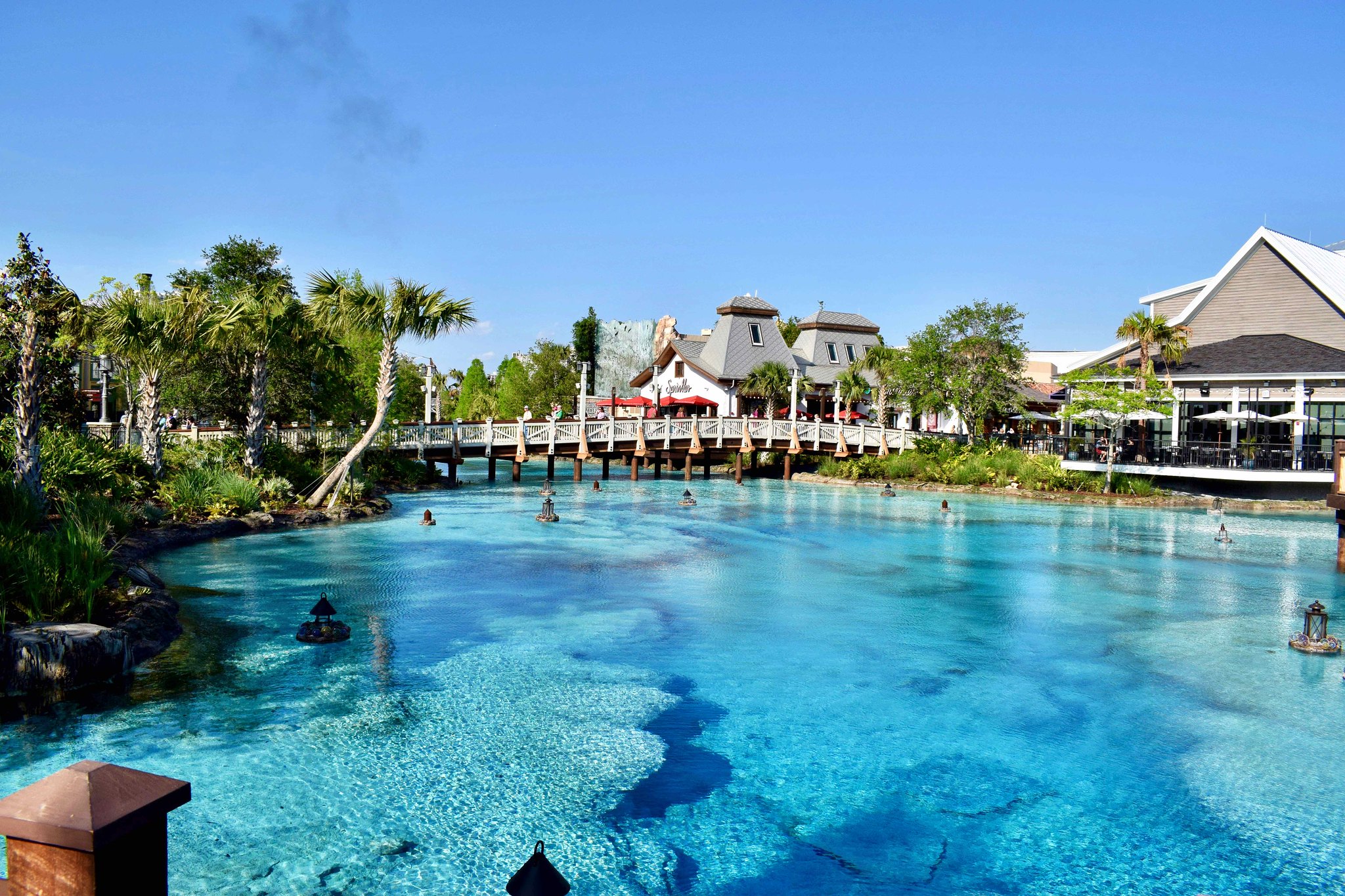Entertainment
September 11, 2019Author: HCVC Properties

Florida Airboat Experience
Experiences
September 11, 2019
Mango’s Tropical Cafe
Culinary
September 11, 2019
Top 3 Springs to Visit in Orlando
Adventures
September 11, 2019

